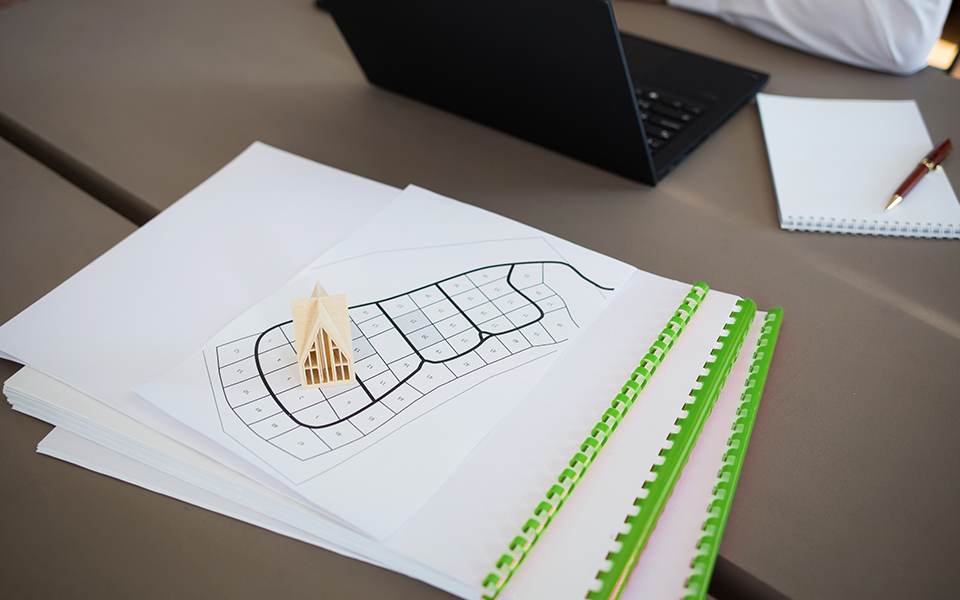The first major consideration when purchasing land is the type of land. This includes numerous factors such as zoning, orientation, size, utility connections, and neighbouring properties.
Zoning refers to the system used by local councils and state governments to determine the purpose of each block of land. These types can differ depending on the state; however, they typically allocate categories in residential, commercial, farming, industrial and public land use. Specific zones, such as farming/agricultural and industrial zones, will limit your ability to build.
For example, to build on agriculturally zoned land, you must get a planning permit from the local council. However, each case is assessed individually, so approval is not guaranteed.
It is not advisable to purchase industrial land for residential purposes, although some states allow caretakers to live on such properties.
Ultimately, it’s crucial to understand zoning and what zone your potential lot falls in, as it can impact your ability to secure a residential loan and build on the property. Luckily, it’s easy enough to check property zoning through the Land Government website, or if you’re looking for more in-depth property advice, you can seek out a professional’s opinion.
On top of typical land zoning categories, some common land classifications include Crown and Freehold land.
What Is Crown Land?
Crown land is land held by the crown. The relevant State Government regulates this land, which is typically not for sale. On occasion, Crown land may be listed if it is not useful to the public. However, purchasing Crown land can be lengthy and complex.
What Is Freehold Land?
Freehold land is any land not owned by the Crown. This land is owned entirely by the owner and has no time limit on ownership, meaning the owner can pass the land between generations. Less than 5% of land held by the Victorian Government is freehold land.
Once you’ve determined if the land you’re interested in is suitable for residential purposes, you can begin to consider the finer details:
Orientation
This component will impact not only the lot you choose but the design and functionality of your completed home. Choosing a lot that allows you to build your home in its optimal orientation will benefit your home in terms of heating, cooling and natural light.
With proper home orientation, heating and cooling costs can be reduced using “passive” heating and cooling. This means the home’s orientation will passively heat and cool your home through the day by planning for the sun’s position in relation to your home’s orientation. YourHome, Australia’s independent sustainable housing guide, discusses this further.
Size
The size and shape of your lot can directly impact the designs available. This means you’ll need to consider what you want from your ideal home and how the lot might help or hinder your goals.
For example, do you want a large backyard or garage? Or would you be happier with a smaller, lower-maintenance yard? These are important questions to ask early in the research process.
Utility connections
Depending on the land you purchase, you may need to organise water, gas, electricity, phone and internet lines. Depending on local providers, this can incur high costs and lengthen your overall timeline.
Neighbouring properties
Researching neighbouring properties is important for many reasons. Most obviously, it will help you determine if the neighbourhood will suit your lifestyle. It will also allow you to determine site access and future property trends. For example, check the zone of neighbouring properties to avoid building next to a future commercial site.
With all these factors in mind, you can begin critically and confidently approaching the property market. However, there is one more crucial step to determining if a property is right for you.






